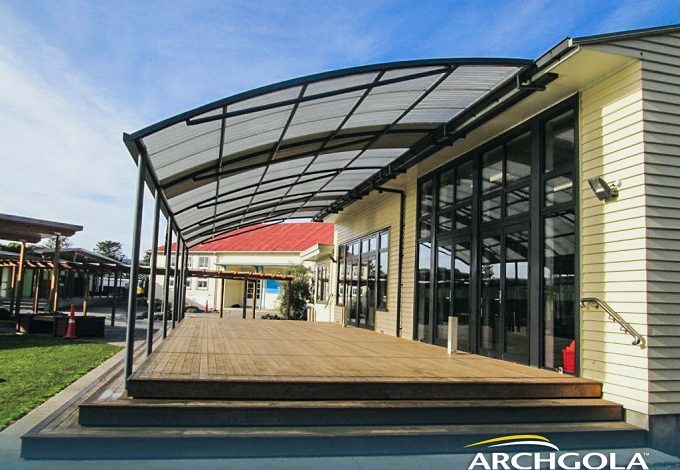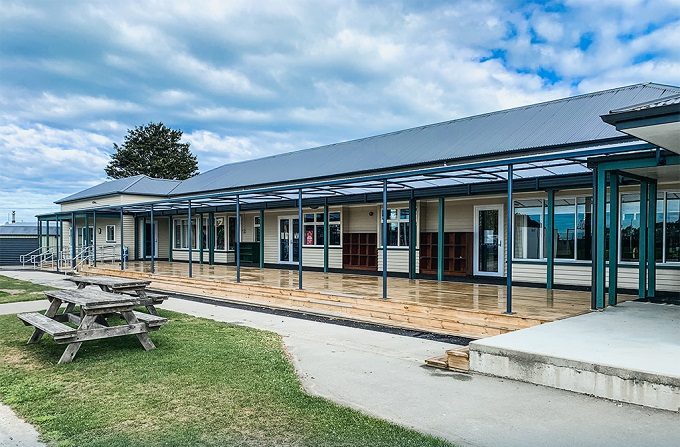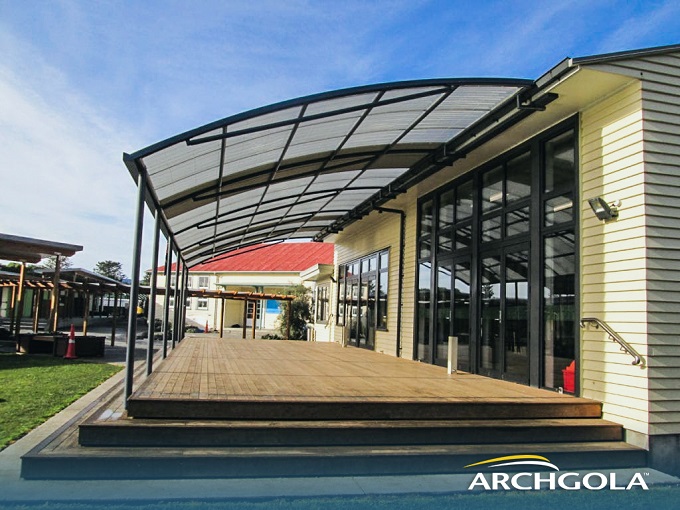
New Zealand and Australia have by far the highest susceptibility to skin cancer in the world, according to statistics.
This news is not new in 2018 the skin cancer index published by German medical analyst group derma. Plus revealed “almost 2500 new melanoma cases are diagnosed in New Zealand every year.
Read our new Term 4 issue online today!
New Zealand ranked top and Australia in a close second. European countries and the US filled out the top 10, but well behind”.

Horrifically, SunSmart NZ also points out that more New Zealanders die from melanoma than die on our roads each year. However, the good news is that most melanomas can be successfully treated by your doctor. The reason why New Zealand has such high skin cancer levels is that sunlight has particularly high levels of ultraviolet (UV) radiation and this can cause skin and eye damage. UV damage accumulated during childhood and adolescence is strongly associated with an increased risk of skin cancer later in life, but you can protect children by being SunSmart.
Skin cancer is one of the most preventable cancers and so by protecting your students from the sun and modelling good sun protection habits, alongside providing plenty of shade you are investing in their long-term health. UV can damage skin even when it is cloudy and overcast, which is why it is important not to rely on temperature to decide whether sun protection is needed.

It is easy for students to forget that UV rays can make their way through cloud and can even be stronger because of the reflection factor. Despite schools imposing rigid hat rules, studies do show that older children are more prone to removing their hats and therefore putting themselves at a high risk of sun damage and cancer.
Schools can help reduce this risk by providing a system of both natural and built shade structures around the property so that students can both seek shade and be shaded as they walk from class to class or participate in outdoor activities such as swimming and sport.
Assess your property and create a shade plan. Trees, bushes and overhangs may already provide welcome shade, but a variety of other installations may be required to block the sun, especially at the most dangerous time of day and don’t forget it will also cool the space. Sails and canopies can provide easy and fun solutions when creating additional protected outdoor space, especially outside classrooms. Umbrellas are a portable solution for occasional events, perhaps afternoon tea with parents? But they are not the most effective long-term solution.
Throwing shade!
It is clever to use of a variety of shade structures and make avoiding the sun a no-brainer for your students.
Schools can take advantage of the benefits of any natural shade that they have available. If there are trees available this is a quick fix however, if there is an absence of established natural shade it will take time and effort to grow the type and placement of trees or bushes required. The wrong type or poorly placed tree can be an expensive liability.
Quality metal roof shade structures provide strength and longevity, if they are well planned and designed these structures can develop and evolve as the school grows or as students’ needs change. It is important to talk to the company or design team from the outset of the project to ensure the engineering design is suitable to be extended, developed or enclosed in the future.
If you need more flexibility in your shade options consider sails, awnings, or canopies. They can all come in a wide variety of fabric or hard structures and they provide an easy and versatile solution to increase both shade and outdoor learning spaces. Furthermore, they can be fitted in exposed areas throughout the whole school from car park to amphitheatre, from walkways to playground and sports areas.
Insights from the industry: choosing a shade solution
According to Sandra Grocott, the General Manager at Archgola Limited, schools are increasingly interested in flexible shade options. “By that, I mean, schools need to create spaces that can be used year-round in any types of weather and, in particular, provide protection from the increasingly harsh UV rays we’re experiencing in New Zealand,” she clarified.
For schools, learning the shade lingo can be a challenge all its own! Sandra explained the key differences between canopies, shade sails, and other offerings. “It tends to come down to preference of style and functionality, but canopies have proved very effective as a permanent long-term option.
She continued: “Strong steel frame canopies that have a premium polycarbonate roof and are engineer-designed to suit each building structure offer a good solution for schools.” However, she said: “The options school choose will depend on the space they need to provide cover for. Umbrellas can be moved around but for permanent fixtures, I would recommend a canopy.”
Schools are increasingly teaching outside, so School News asked what options Sandra would recommend for teaching in different weather conditions. She said: “Here in New Zealand we get such different weather patterns, so some schools will enjoy more sunshine hours, while other schools will need to equip their space to cope with high winds, heavy rain and even hail or snow. A solid supportive structure is essential, as is roofing that lets light in while also providing protection against the elements.”









